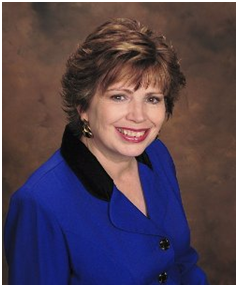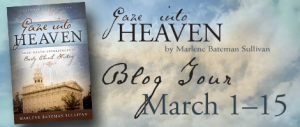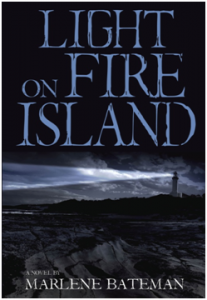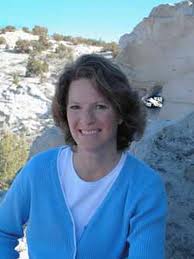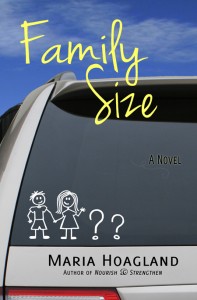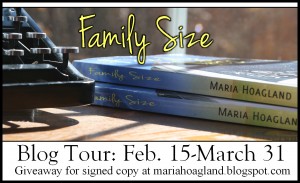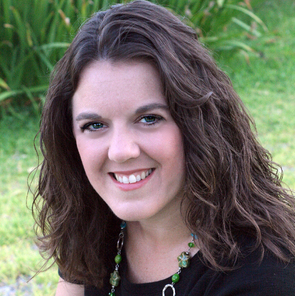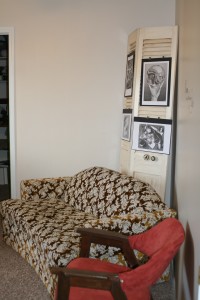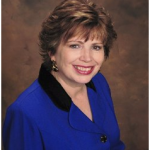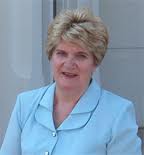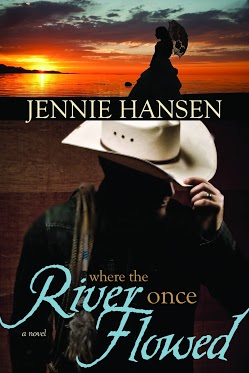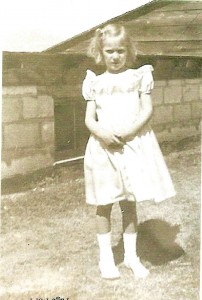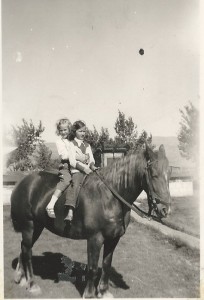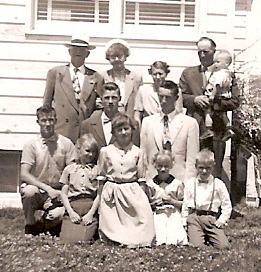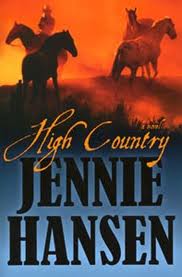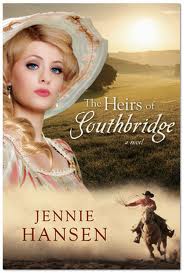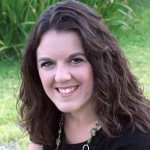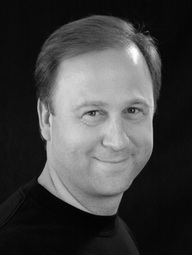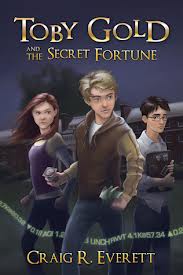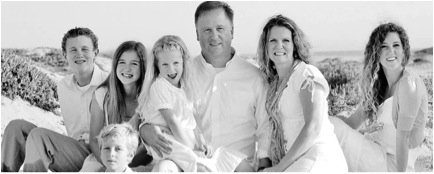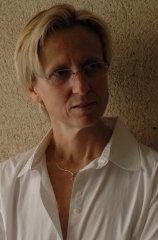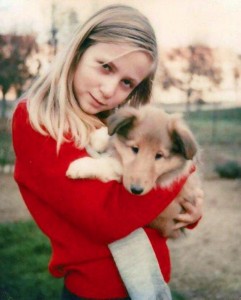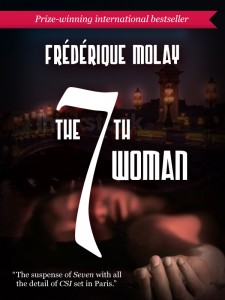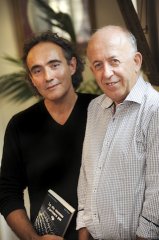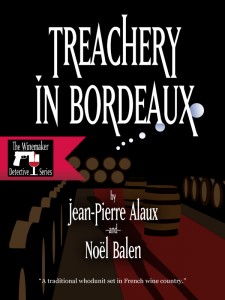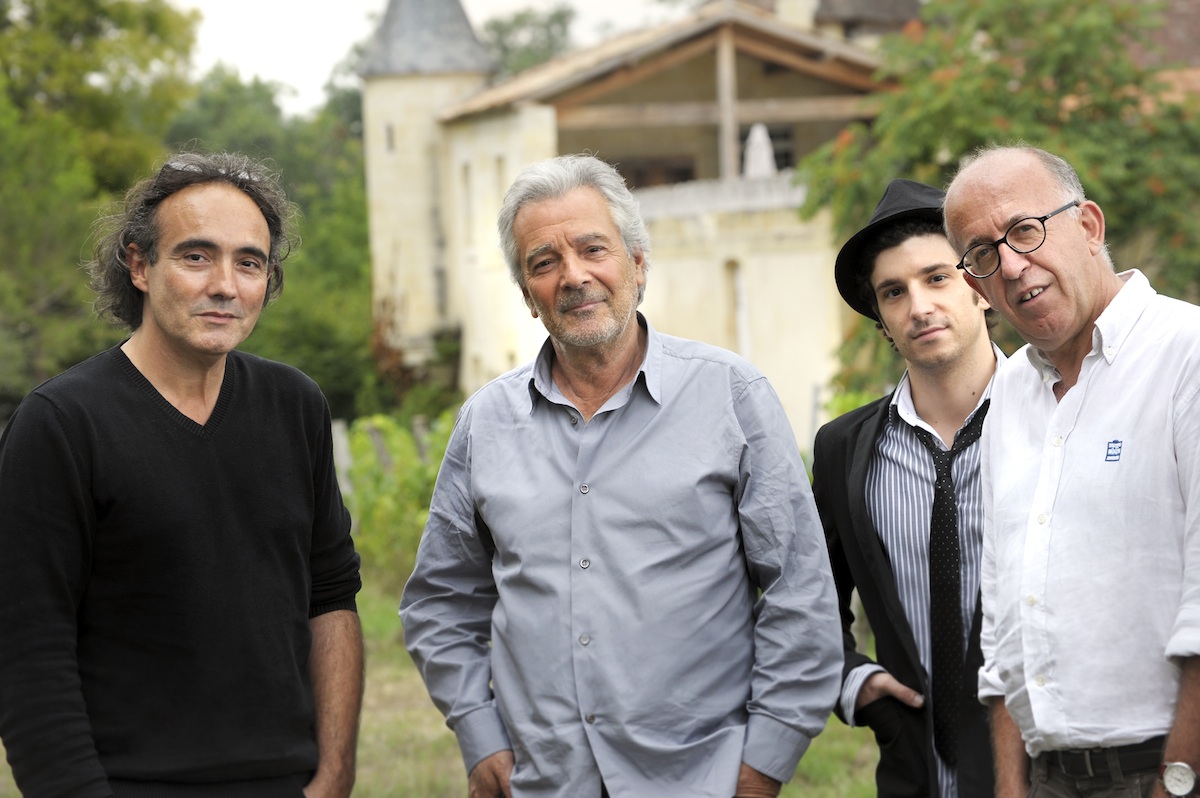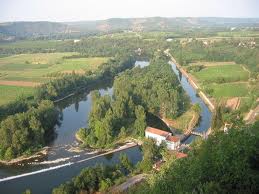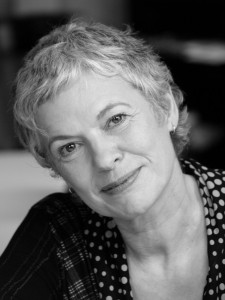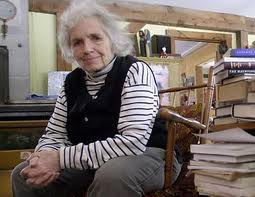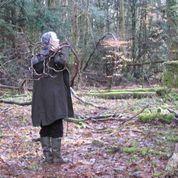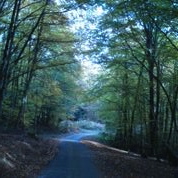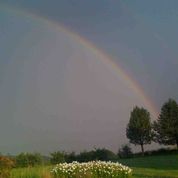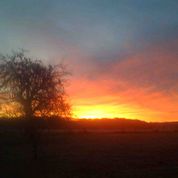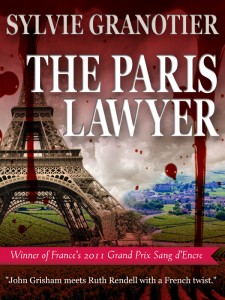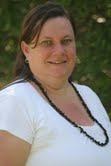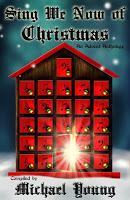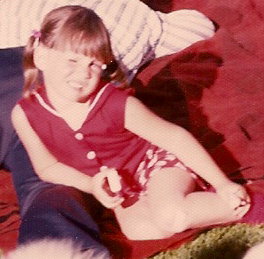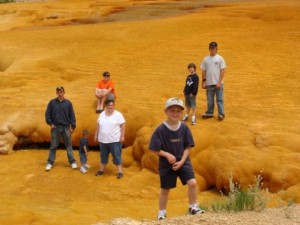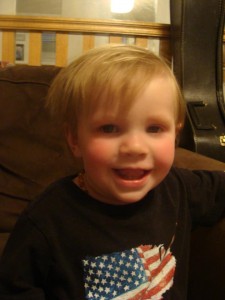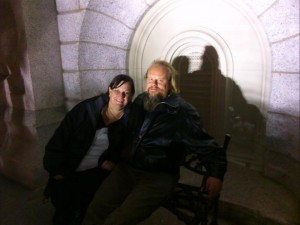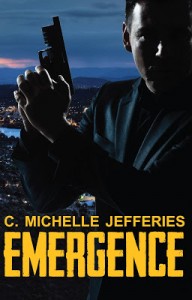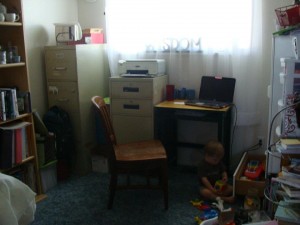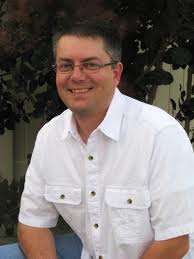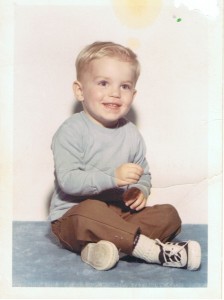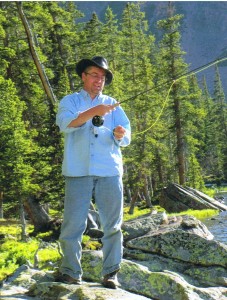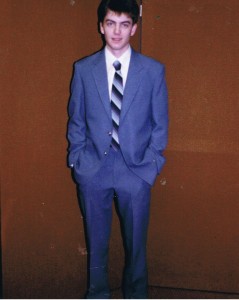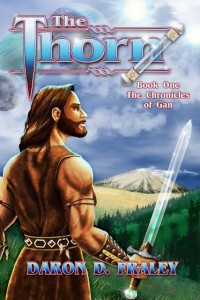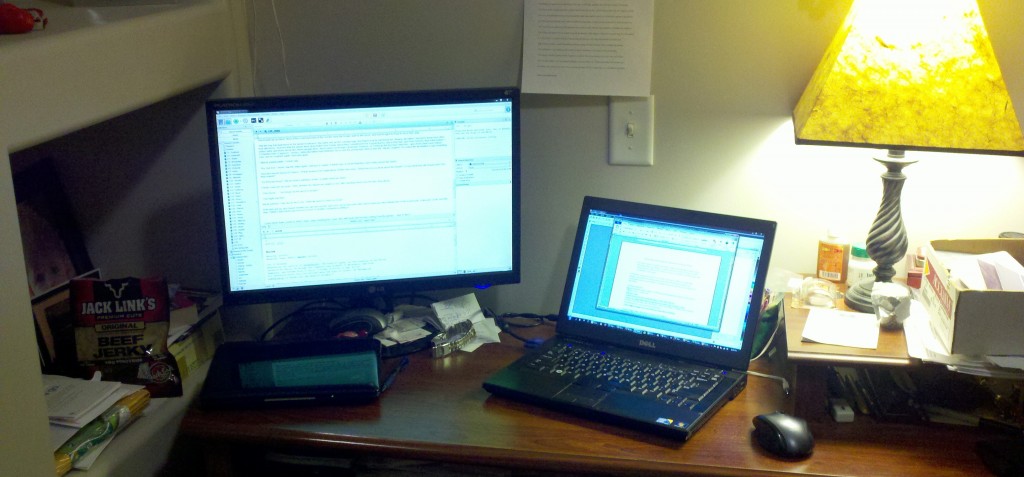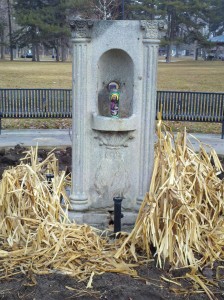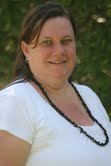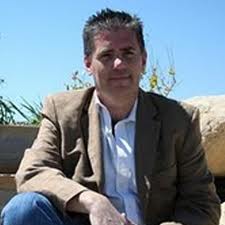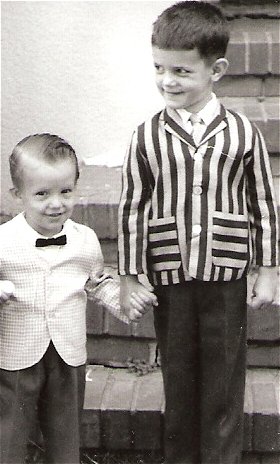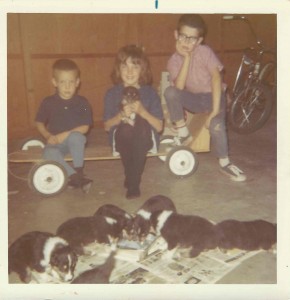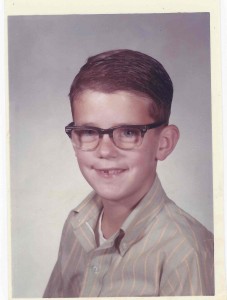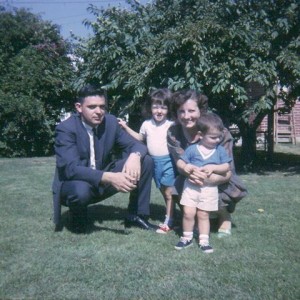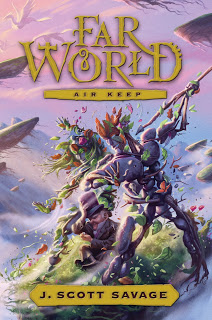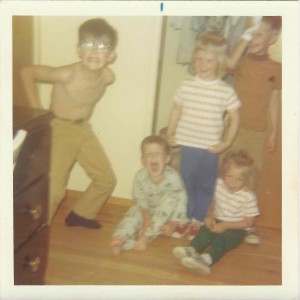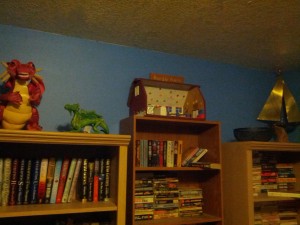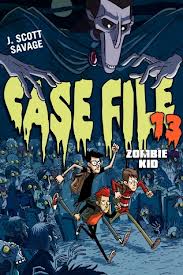An author of both fiction and nonfiction, Marlene Bateman Sullivan has recently had yet another book published. GAZE INTO HEAVEN is a compilation of fifty documented near-death experiences of life beyond the veil, drawn from the early history of The Church of Jesus Christ of Latter-day Saints. As part of her two-week blog tour for the book, I’m interviewing her here today.
ME: What made you always want to be a writer, and what was the plot of the first story you ever wrote?
MARLENE: Part of my wanting to be a writer had to do with reading so much. I was a voracious reader as a child and have remained so. For three years in a row in elementary school, I won the award for reading the most books. And the prize was: A book! I was delighted, of course and still have those books.
I almost wonder if writers are born, because I always wanted to write. I don’t remember the plot of the first story I wrote, but I do remember one day when I stayed home from school. There was a storm, and I watched the amazing clouds and wrote page after page about the clouds. I guess it would be boring to read, but it was exciting for me to write about! I also remember writing a little story about my brother’s blue car, which he parked in the back yard when he went on his mission. I was about ten, and wrote about how sad the car was to be alone, and how birds came and sat on it, and so on. My mother read it and thought it was so “precious” that she shared it with other people, which embarrassed me to death.
ME: Tell me about the junior high teacher who encouraged you in your writing. And was there also a particular teacher in high school who influenced you?
MARLENE: I feel bad I can’t remember her name, but she was a student teacher and was so encouraging. She was so supportive of me that when I had written a story, I asked her to read it. She praised me and said my writing style was like John Steinbeck, which thrilled me to death. There wasn’t a particular teacher in high school that helped me, but some teacher asked us all to write down a goal a year for the next ten years. I put down to go to college, write and publish a book, get married, write another book, have children, write another book, etc. Didn’t happen—I didn’t foresee how much time raising children would take. So I wrote for magazines instead while my children were small. When the kids were older, I was able to start writing books. (But it all started with those goals!)
ME: What was Sandy, Utah like when you were growing up there, and how has it changed?
MARLENE: Sandy was the boondocks back then, although 700 East had started to become a very busy street. My parents had 1 ½ acres and I loved the country feel of it all. My father raised mink, gladiolus, and later, large pumpkins. We had fruit trees, raspberry bushes, and when I was little, chickens. Now, Sandy is mostly an intermittent strip mall! (Not unlike most of the I-15 corridor from SLC down through Utah County) The house I grew up in was torn down and now a large office building sits where we used to light sparklers, irrigate the crops, weed the corn, and have barbecues.
(That kind of makes me sad.)
ME: How would you, as the former owner of a floral shop, compare writing to making floral arrangements?
MARLENE: I think arranging flowers and writing are both very creative endeavors. I’m very thankful to have this talent and have tried to use it to please customers and my readers. I loved working with flowers. Each arrangement was different and you got to pick whether to put snapdragons in, or carnations, or alstroemeria. It was just fun to create something beautiful. I especially loved school dances and helping the boys pick out colors and flowers. But then I gave it up and turned to writing full time, another creative endeavor that is very fulfilling and satisfying, just in a different way!
ME: What made you finally sell the shop and pursue writing full time?
MARLENE: I had a health scare. I went in for a routine mammogram and was told to return another day for another one. During that one, a doctor said I would probably need a biopsy for a lump they had found. I had a few days to think. At times like that, you look back on your life, and I asked myself, “If I had something to do differently with my life, what would it be?”
I could only think of one thing—that I had always wanted to be a writer. And while I had written numerous magazine and newspaper articles, and one book—I had hoped to do so much more. When the test results came back that the lump was just a massive cyst and all was well, I was relieved but determined to live my live without regrets. I talked with my husband and we decided to close the shop so that I could have more time to write. My husband, Kelly, has always been extremely supportive and I would not have gotten to where I am without him.
(I think spouses of writers are born that way, too.)
ME: You began by writing nonfiction–LATTER-DAY SAINT HEROES AND HEROINES (VOLUMES ONE AND TWO), followed by a 3-book series about true angelic experiences, and then BRIGHAM’S BOYS. What made you turn to fiction?
MARLENE: I wrote nonfiction because I was afraid I couldn’t write fiction. I longed to write fiction, but didn’t think I could do it. I didn’t realize that nonfiction writers must also write well. I didn’t believe in myself. Writing fiction was something I really wanted to do and so I decided to try. It was hard, but I kept working and re-writing it until I felt I had a great book, Light on Fire Island and it turned out to be a bestseller. Yay! (I’ll say. Congratulations!)
ME: Now you’re back to nonfiction with GAZE INTO HEAVEN, your latest. Please tell us about it and how you decided which stories to include and which to leave out?
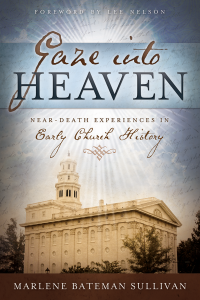 MARLENE: I was amazed when I started researching to find out there were so many near-death experiences! I snapped up each one, but soon had to set some parameters. First, I decided to use only experiences in early church history. Plenty of people had written about modern-day experiences but I wanted to provide something new and different.
MARLENE: I was amazed when I started researching to find out there were so many near-death experiences! I snapped up each one, but soon had to set some parameters. First, I decided to use only experiences in early church history. Plenty of people had written about modern-day experiences but I wanted to provide something new and different.
Second, I came across a lot of experiences where people had visited the spirit world, but had seen it through a vision or dream. Their experiences were almost identical to those who had near-death experiences, but I had to leave them out of this book. In the future, I hope to do a sequel so people can read the rest of these amazing experiences about visiting the spirit world.
ME: Are you working on any more fiction and, if so, what? Also, which do you find more difficult–fiction or nonfiction? And why?
MARLENE: Right now, I’m working on a light-hearted, romance novel that is set at Christmas time. It’s been quite a change for me, since I’ve been writing mysteries for a while. My second novel, Motive for Murder, will be out this June. It’s a great mystery with a quirky private eye, Erica Coleman, who has OCD. It has a very surprising twist at the end!
I also have another non-fiction book, Heroes of Faith, coming out in July. This is a collection of stories about people in early Church history who actually risked their life in defense of the gospel.
As for which is easier to write, I would say nonfiction. However, nonfiction does require a lot of researching, and you have to be extremely accurate. But I love to research.
With fiction, I like to write mysteries and it’s a lot of work to plot them. Plot is everything in a mystery and you have to have a good, solid foundation, or else the book is not going to work. I love it, but I find it is harder to write than non-fiction.
ME: Finally, please describe your writing space (and provide a picture or two) and your process.
MARLENE: I dearly love my writing space. We remodeled our house four years ago and my writing area is perfect now. I’ve included a couple of pictures. About ten years ago, I splurged and bought a really nice L-shaped desk that came in three pieces. The left part of my desk is about 4’ long and it has 3 cupboards and two shelves. My two monitors sit on the middle piece, which is about 2 1/2 feet across in front. Years ago, my dear son, Ryan, a computer genius, insisted that I get a second monitor, and now, I could not live without it.
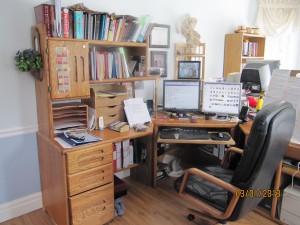
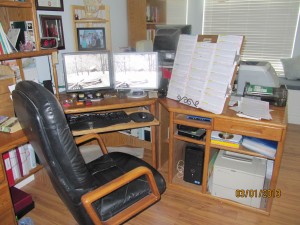 (Check out the comfy chair, too…and that looks like some kind of plotting board)
(Check out the comfy chair, too…and that looks like some kind of plotting board)
To my right, is another section that is about 4’ long, and holds my computer, router, print server, etc. plus printer. Behind it is another small table for a second, color printer. I have a beautiful bay window where I can look out across my lovely yard and my two dogs huddle under my desk by my feet to keep me company. I’ve included a picture of them, too.
Outside, is my second ‘office’—my gazebo. It’s my writing oasis in the late spring, summer, and early fall. We have half an acre, with bushes, trees, gardens, and lawn so I’m surrounded by nature. I love it! I had my husband put up blinds on two sides of the gazebo to cut down on the glare on my laptop. I put a little fountain in one corner, and have a cushioned swing to sit on. My two dogs and one cat come out and lounge around, keeping me company as I write. (Okay, is someone spoiled here or not?)
I’ve written so much; I’d best leave out my writing process, which could go on for another full page. But I will say that my daily schedule is to do housework, yard work, grocery shopping, visiting teaching, etc. etc. until 10:30. (Although it’s often past that time when I begin writing.) I write until 12:30, then take an hour break to eat lunch and to read. I also take a 15-minute power nap. I then resume writing until 7:00 p.m. when I stop to make dinner. Most afternoons, I take a short break and go for a walk with my dogs.
If you want to learn more about Marlene, check out her website. Her newest book, GAZE INTO HEAVEN, is available on the shelves at Deseret and Seagull Bookstores, or you can order a copy right now on Amazon, Deseret Book, and Seagull Book.
Next Wednesday I’ll be interviewing a fellow free thinking writer, Carole Thayne Warburton.
Originally posted 2013-03-06 06:00:41.

